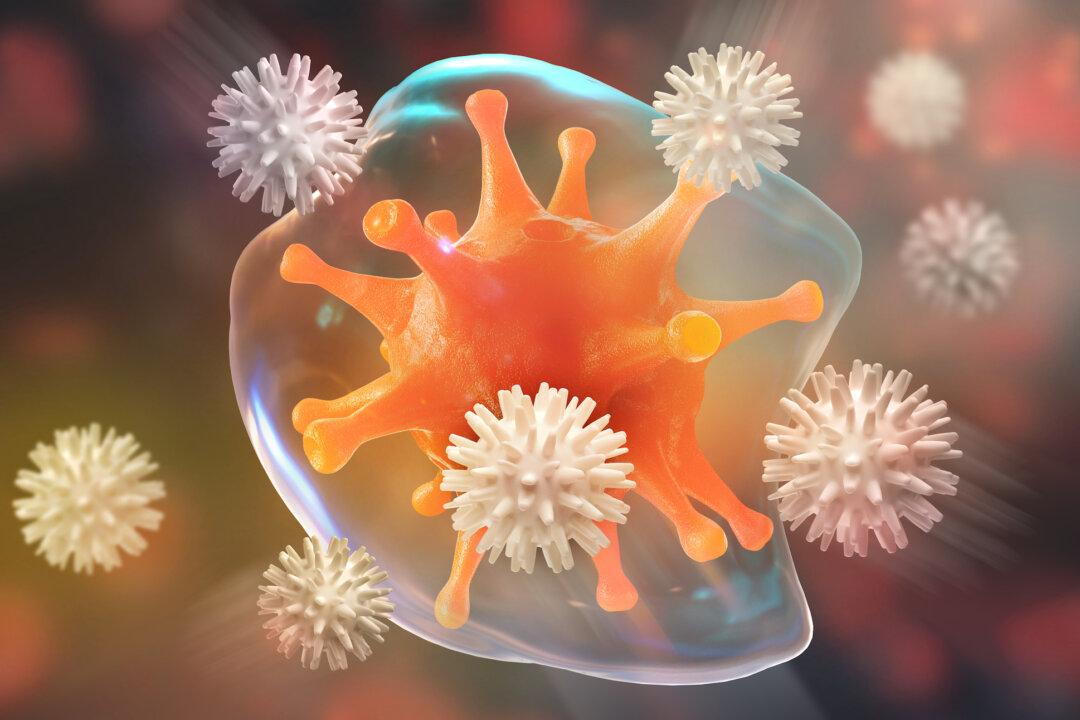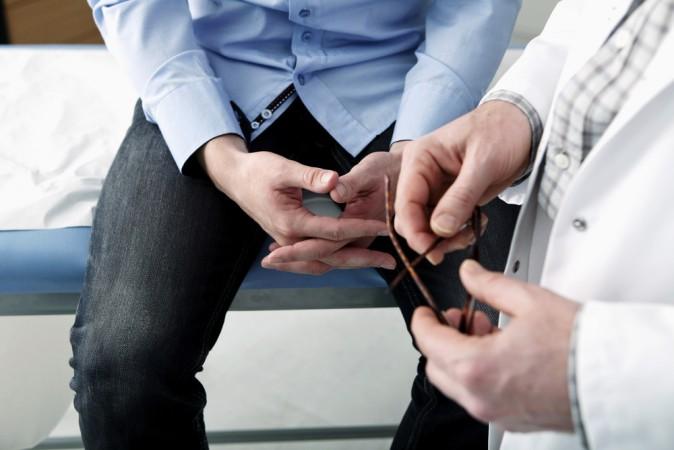Drinking a little wine with dinner may help lower risks of developing type 2 diabetes, according to a new study.
Researchers examined the effect moderate drinking may have related to new-onset type 2 diabetes among nearly 312,400 adults from the UK Biobank who self-reported themselves as regular alcohol drinkers.





